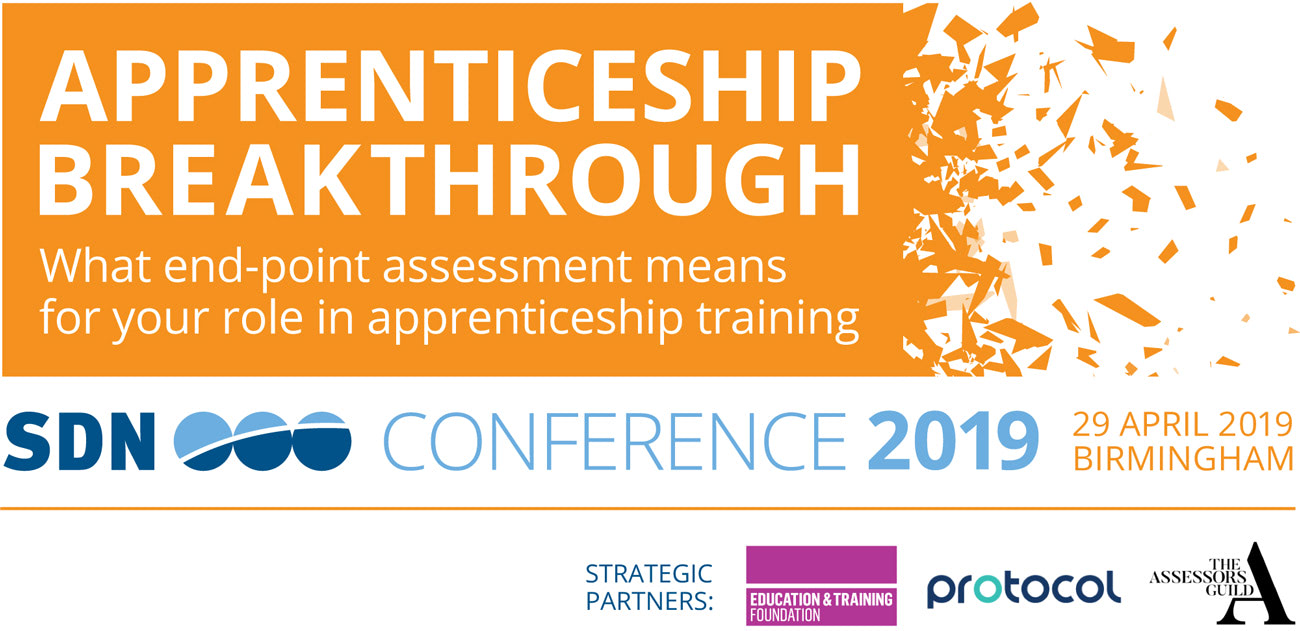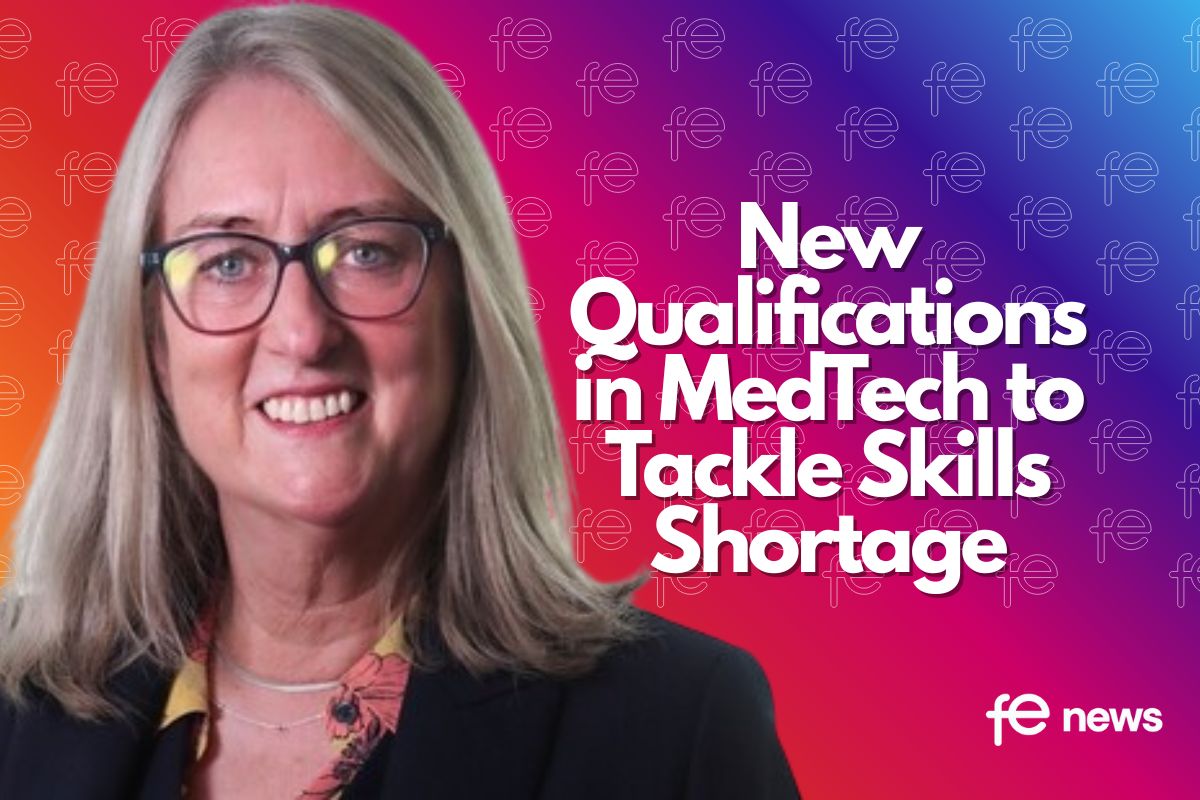What does end-point assessment mean for on-programme training?

End-point assessment is a fundamental pillar of the apprenticeship reforms. It is different and high-stakes – but what does it mean for those preparing apprentices for it?
SDN sets out some key ways in which end-point assessment will shape and impact your role as an apprenticeship trainer, but before we get there, here’s a word of caution…
Avoid ‘training to the test’
The big shift with apprenticeship standards means the focus is now squarely on the competence of an apprentice in their job role, rather than the achievement of particular qualifications or units.
The danger with any end-point assessment (and we see this in compulsory education too), is that the assessment becomes the sole driver for the curriculum and training programme.
A good training programme is one where the apprentice’s knowledge, skills and behaviours are developed so they are fully competent in their job role, as well as being adequately prepared for the end-point assessment.
That said, end-point assessment requires a significant shift in mindset for apprenticeship trainers, and will impact on different stages of the apprenticeship journey. Here are six examples to get you started:
1. Initial assessment
Since the introduction of standards, both the ESFA and Ofsted have placed a greater focus on the start-point of the apprentice. There must be clear evidence that the proposed apprenticeship is the most appropriate form of training for the individual, and that they have the ability and aptitude to succeed.
Understanding what is required at the end-point to assess the apprentice’s level of competence, is an important factor in helping to judge whether an apprenticeship is suitable.
2. Developing the curriculum and training plan
It is important that you, and the employer, understand the assessment plan and, where possible, have received any additional guidance and advice from the chosen EPAO. This will help you to map out a training programme that also prepares the apprentices for what they will face at the end-point.
For example, at what point will you start to prepare the apprentice for the end-point assessment? Will you build this in throughout, or set aside a particular part of the training programme for this, in the lead up to the gateway?
3. On and off-the-job training
Following on from the above, it is also important to map how these training activities will be conducted. Employers can play an important role in reinforcing learning on-the-job, in a way that helps to prepare the apprentices for the end-point assessment.
Many employers will look to the training provider to advise and support them with this. There are also aspects of preparation for end-point assessment that can be built into off-the-job training – although you will need to be clear what specially can be deemed as off-the-job.
4. Progress monitoring and on-programme assessment
One of the areas that providers find a real challenge with apprenticeship standards, is how to monitor the progress of an apprentice, particularly where the structure of qualifications has been removed. The key is effective formative assessment against the knowledge, skills and behaviours in the standard.
As the apprentice moves through their training programme, the end-point assessment (and the assessment methods they will face) will become an increasingly important tool in measuring progress on-programme.
For example, at what point might you introduce the concept of grading and how might you use this a progress tool?
5. Preparation for gateway
The gateway isn’t just a set of mandatory requirements the apprentice has to fulfil (e.g. English and maths, Health and Safety Certificate), it is the point at which the employer, in consultation with the training provider, considers their apprentice to be competent in their job role and ready to take the end-point assessment. The question is, how do you measure this?
One way that we encourage providers to think about it, is by asking four questions:
- Is there sufficient EVIDENCE that the apprentice is ready?
- Does that evidence show ACHIEVEMENT of the ELEMENTS?
- Is there a certainty that ACHIEVEMENT is at the LEVEL required?
- Do you consider the apprentice to be COMPETENT?
6. Preparation for end-point assessment
At this point, the apprentice should be showing clear signs that they are competent in their job role and are acquainted with the way they will be assessed at the end-point.
On the lead up to the gateway, and in some cases after the gateway, there may be particular projects, presentations or portfolios that will need to be developed for the end-point assessment (either as a core graded part of the assessment, or feeding into a professional discussion or interview, for example).
Are you clear what these activities are, and have you provided the right level of support and guidance to both the apprentice and employer to ensure the apprentice can showcase their best work?
Whether you’re a front-line trainer, part of an employer engagement team, or oversee internal quality assurance, end-point assessment will have implications for your role.
And that’s where the SDN Conference comes in…
SDN has launched an Apprenticeship Breakthrough Conference for trainers and assessors to tackle this issue head on.
The day will be practical and affordable – you will leave with insights, tools and actions specific to your role as a trainer, that will help you adapt and improve your provision in the months ahead. Don’t miss the CPD opportunity of 2019!
Early bird rates are only £95+vat (available until the end of December). Find out more and book your place here.












Responses